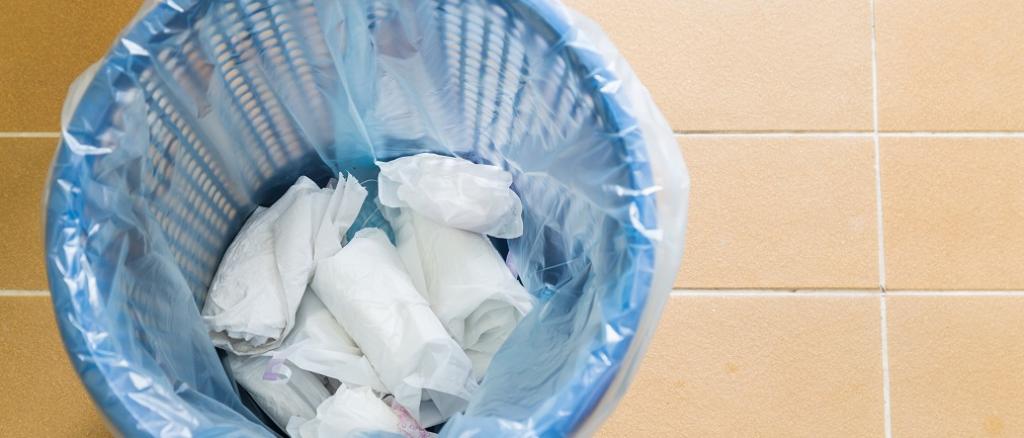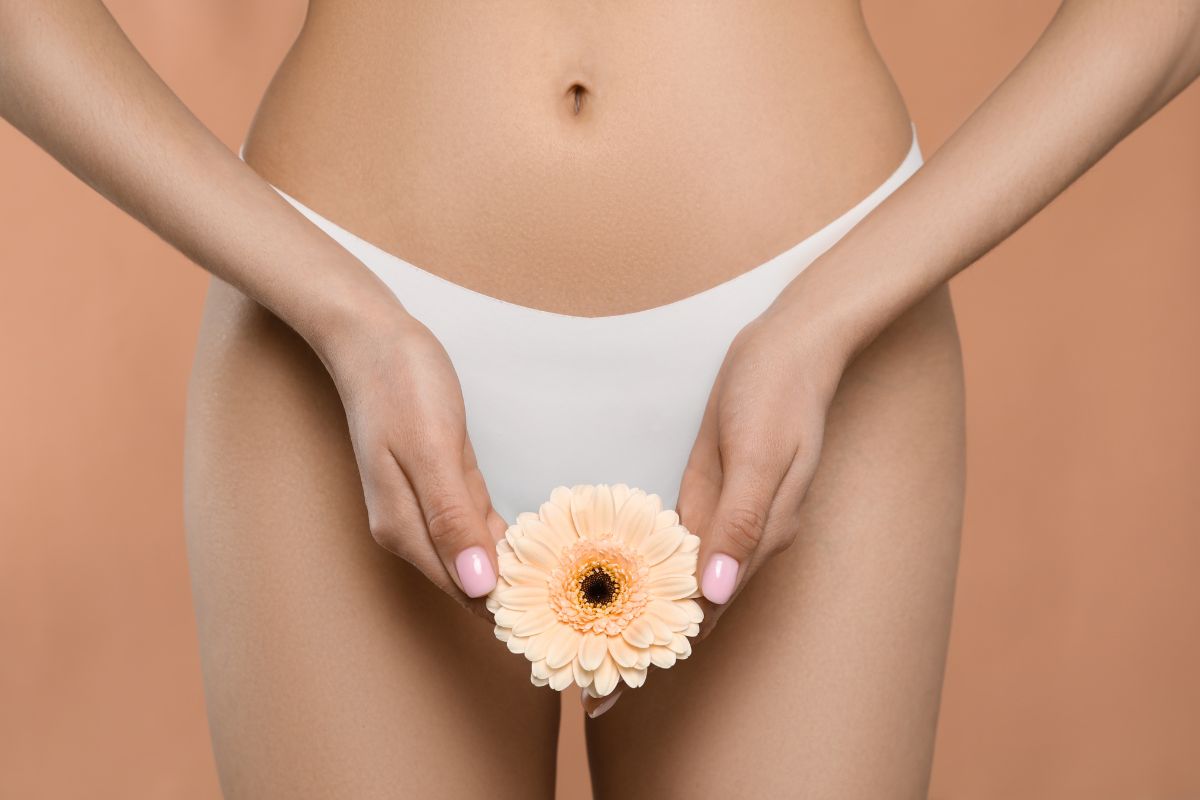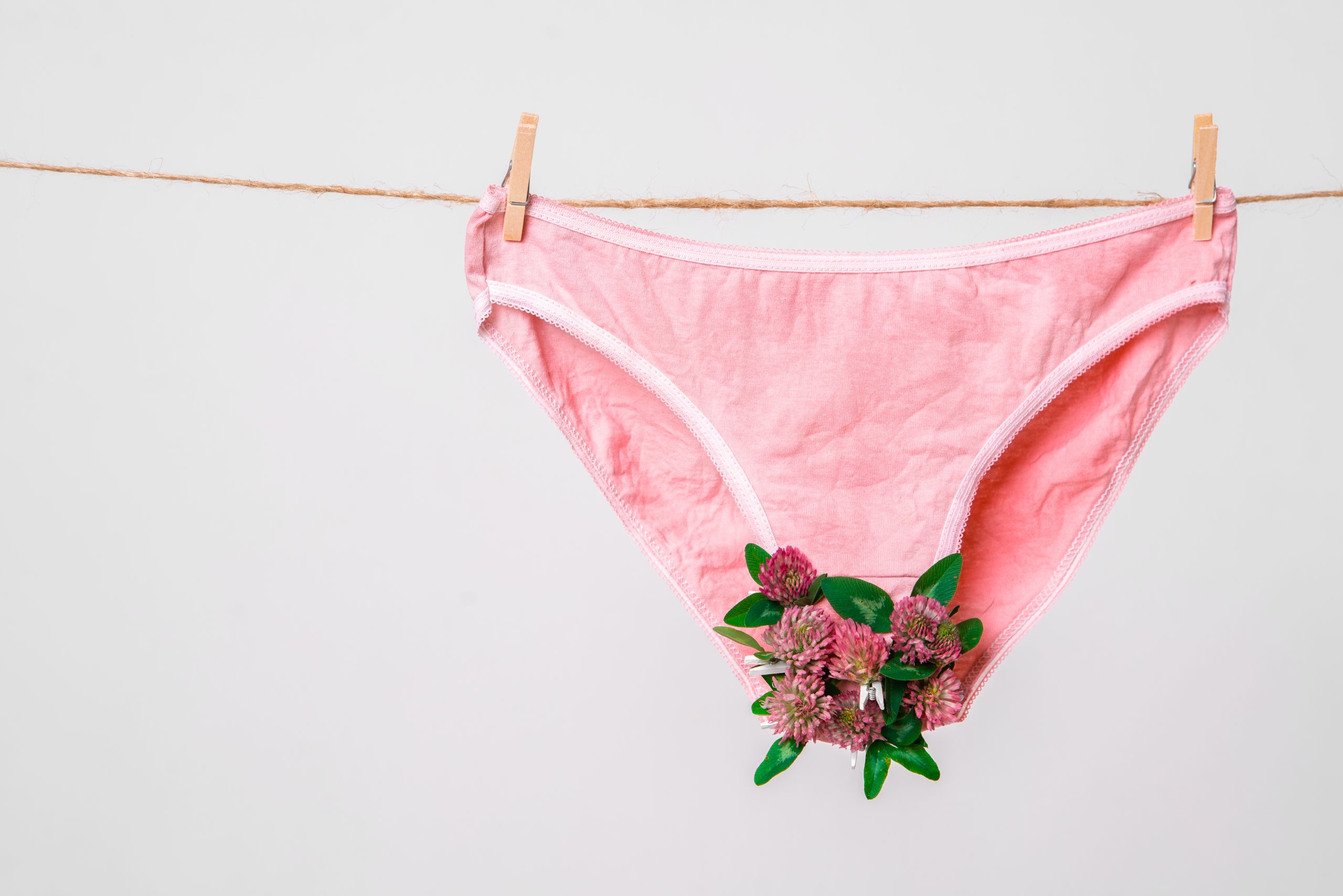Are you tired of feeling uncomfortable and damp during your period? Do you wonder if using pads can actually dry you out? Well, you’re in the right place! In this article, we’ll explore the common misconception that pads can leave you feeling dry and discuss the truth behind it. As an experienced woman who has been using pads for years, I understand the importance of finding products that not only provide protection but also keep you feeling comfortable throughout the day. So, let’s start and uncover the facts about whether pads can truly dry you out or not.
Contents
Do Pads Dry You Out?

As a woman who has been using pads for years, you might have heard the common misconception that pads can leave you feeling dry during your period. But is it really true? Let’s uncover the truth behind this belief.
Pads are designed to be absorbent, which means they can absorb a lot of water. So, after washing them, it’s important to let them completely dry before using or storing them. You can hang them to dry, preferably under direct sunlight, as this will not only dry them quickly but also help kill any bacteria. Avoid tossing them in the dryer, as it may break or shrink the pad.
You might be wondering if this absorbency can make you feel dry down there. The truth is, pads are designed with a fluid transfer layer that helps pull the fluid away from the surface, keeping you comfortable and dry. Traditional sanitary pads used to have a multilayer cellulosic material, which tended to retain the fluid near the surface, causing discomfort. However, modern pads use thermoplastic fibers that have a hydrophilic property, ensuring sufficient capillary attraction to pull the fluid through the cover and provide a dry surface. So, even on heavier days or during physical activities like a 5k run, you can expect to feel dry with the right pad.
But what about reusables? If you’re using reusable pads, it’s important to ensure they are completely dry before storing them. Bacteria and other nasties can’t grow in a dry environment, so it’s crucial for your health and hygiene. You can line-dry them in direct sunlight, which is ideal for quick and thorough drying. If sunlight is not an option, drying them in front of a radiator or an electric heater will also do the job. Just remember to avoid storing wet pads, as it may lead to the growth of unwanted bacteria.
How Do Pads Work?
Absorption Mechanism
When it comes to keeping you dry during your period, pads are designed with an efficient absorption mechanism. The absorbent core of the pad, typically made from absorbent foam, wood cellulose, and sometimes absorbent gels, works to pull fluid away from the surface. This ensures that the blood is absorbed and kept away from your skin, leaving you feeling comfortable and dry.
Pads are also equipped with a fluid transfer layer that helps distribute the fluid evenly throughout the pad, preventing leakage. This layer acts as a barrier between your skin and the absorbent core, ensuring that the fluid is efficiently absorbed and doesn’t come into direct contact with your body.
Types of Absorbent Materials Used
When it comes to the materials used in pads, there are a few options available. The most common materials used for the absorbent core are absorbent foam and wood cellulose. These materials have high absorbency and are able to hold a significant amount of fluid.
Some pads also include absorbent gels in the core, which further enhance the absorbency and help to lock the fluid in. These gels are specially designed to quickly absorb and trap the fluid, preventing any leakage.
It’s worth noting that some pads use rayon as an additional material in their construction. Rayon is a synthetic fiber derived from wood pulp, which is cheaper than cotton but helps enhance the absorption capacity of the pads.
With this combination of materials and their absorption mechanism, pads are able to effectively absorb and retain menstrual fluid, keeping you dry and comfortable throughout your period.
Understanding Your Body’s Moisture Balance

1. Natural Vaginal Moisture
Your body has a natural way of maintaining moisture in the vaginal area. The vagina is composed of delicate tissues that produce natural lubrication to keep it moist and healthy. This moisture helps to maintain the pH balance, prevent infections, and promote overall comfort.
2. Factors Affecting Vaginal Moisture Balance
Several factors can affect the moisture balance in the vaginal area. It is essential to understand these factors to ensure you maintain a healthy moisture level:
- Menstruation: During your menstrual cycle, hormonal changes can affect the amount of vaginal moisture produced. Some individuals may experience increased moisture while others may notice a decrease.
- Hygiene Practices: Poor hygiene practices, such as using harsh soaps or fragranced products, can disrupt the natural pH balance of the vagina, leading to dryness and irritation.
- Menopause: As you enter menopause, the decrease in estrogen levels can result in reduced vaginal moisture. This can lead to discomfort, itching, and a higher risk of vaginal infections.
- Medications and Medical Conditions: Certain medications, such as antihistamines, antidepressants, and contraceptives, can contribute to vaginal dryness. Additionally, medical conditions like diabetes and autoimmune disorders can impact vaginal moisture levels.
- Lifestyle Factors: Lifestyle choices, such as smoking, excessive alcohol consumption, and a poor diet, can also affect vaginal moisture balance. These habits can interfere with the body’s natural processes and lead to dryness.
Potential Drying Effects of Pads
1. Synthetic Materials
One potential factor that may contribute to the misconception that pads can leave you feeling dry is the use of synthetic materials in their construction. Some pads incorporate synthetic layers and coatings to enhance their absorbency. While these materials are efficient at pulling moisture away from the surface of the pad, they can create a barrier that hinders airflow and can potentially lead to a feeling of dryness.
2. Breathability and Air Circulation
Another key aspect to consider is the breathability and air circulation of the pad. Pads with a soft top layer and a secondary layer made of synthetic materials, similar to those used in garments and underwear, can help channel liquids into the absorbent core and keep your skin dry. This design allows for better airflow and prevents the feeling of dampness that is often associated with pads.
Tips to Counteract Drying Effects

1. Choose the Right Pad
Selecting the right pad is crucial to counteract any potential drying effects. Look for pads that are designed with materials that provide efficient absorption while maintaining comfort. Opt for pads that use absorbent foam, wood cellulose, or absorbent gels to effectively pull fluid away from the surface and distribute it evenly throughout the pad.
2. Take Regular Breaks
Taking regular breaks from wearing pads can help prevent any potential drying effects. Allow your body to breathe by removing the pad for short periods of time throughout the day. This will allow air circulation and reduce moisture build-up. Just remember to change your pad regularly to maintain cleanliness and minimize moisture. By taking regular breaks, you can give your body a chance to feel refreshed and reduce any potential discomfort.
3. Stay Hydrated
Staying hydrated is essential for maintaining overall vaginal health. It helps to keep the vulvovaginal area moisturized and prevent dryness. Be sure to drink plenty of water throughout the day to stay hydrated, especially during your period. Hydration not only helps to counteract drying effects but also promotes overall well-being. By staying properly hydrated, you can support your body’s natural lubrication and reduce any potential dryness or discomfort.
Conclusion
By following these tips, you can counteract the potential drying effects of pads during menstruation. Choosing pads that are designed with materials like absorbent foam, wood cellulose, absorbent gels, and rayon will help pull fluid away from the surface and distribute it evenly throughout the pad. Taking regular breaks from wearing pads allows for air circulation and reduces moisture build-up. Additionally, staying hydrated is crucial for maintaining overall vaginal health and preventing dryness.
Frequently Asked Questions
Is it OK to wear a pad for 12 hours?
The simple answer is, it’s not hygienic to wear a pad for 12 hours even if you have a light flow. Bacteria can build up in this duration and cause odour or lead to infections. So, how often should you change your pad? After every 3-4 hours is a good time frame.
What happens when you leave a pad in too long?
Trapped moisture provides a breeding ground for bacteria and fungus, and wearing a pad for too long can lead to an infection, including a yeast infection. A damp pad and friction can also cause irritation or the dreaded pad rash and make you more susceptible to infection.
I am a medical student with experience and interest in Women’s health and well-being.